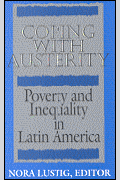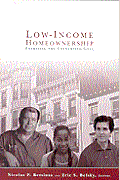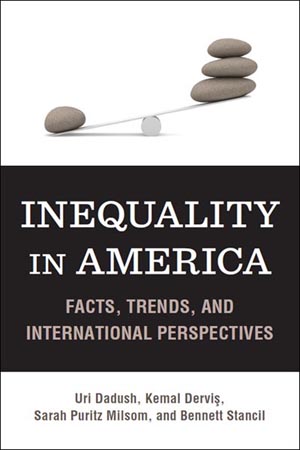Studies in this week’s Hutchins Roundup find income inequality across U.S. states and counties is driven by concentrated affluence, capital surcharges have little effect on more profitable G-SIBS, and more.
Want to receive the Hutchins Roundup as an email? Sign up here to get it in your inbox every Thursday.
Rising geographic income inequality across US is largely driven by high income households
In recent decades, per-capita, pre-tax incomes have diverged across states and counties. Using survey and administrative data from 1960 to 2019, Cecile Gaubert of the University of California, Berkeley, and co-authors find that this rising geographic inequality is driven almost entirely by divergence in the top income quantiles, which they call a geographic “concentration of affluence.” The after-tax and after-benefits incomes of the bottom-quantiles have in fact become more similar across states over time, as have poverty rates and means-tested transfers. Although pre-tax income inequality has increased, the dispersion of per capita post-tax income across states in 2019 is roughly what it was in 1970.
Effect of capital surcharges for big global banks depends on profitability
The framework for global systemically important banks (G-SIBs) implemented by the Basel Committee on Banking Supervision, applies higher capital surcharges to large global banks to reflect their systemic importance. Tirupam Goel, Ulf Lewrick, and Aakriti Mathur of the Bank for International Settlements find that this framework has led to a small overall decline in the importance of these banks since 2014, but effects vary by profitability. Less profitable G-SIBs cut back their systemic importance substantially relative to similar non-GSIBs. In contrast, more profitable G-SIBs have raised their systemic footprint in line with non-systemically important profitable banks. Overall, this has led to an increase in the wedge between the more profitable and less profitable G-SIBs and thus a higher concentration of large banks. Although a steeper surcharge schedule has been suggested by others, the authors caution this could lead to a greater concentration of systemic importance as less profitable G-SIBs would accelerate their score reduction. “Moreover, this could expose the limits of capital requirements in offsetting the risks implied by an increasingly concentrated banking sector. More research is thus needed to inform regulators on how to optimally design and calibrate the capital surcharges,” the authors conclude.
COVID-19 may have decreased per capita income inequality across countries in 2020
The pandemic has increased poverty rates around the world and highlighted disparities across nations. Yet despite better-funded public health infrastructures, richer countries have reported higher per capita COVID-19 death rates than poorer countries. Higher per capita COVID-19 deaths are strongly associated with falling per capita income between 2019 and 2020. As a result, finds Angus Deaton of Princeton, global income inequality (defined as the variation in per capita income across countries) decreased in 2020. When weighting income inequality by population, inequality appears to have increased in 2020—but this trend is driven almost entirely by economic growth in China, a nation whose rising incomes have turned its population into a driver of population-weighted income inequality, rather than an equalizer. Although lower COVID-19 death rates in poorer countries may reflect mismeasurement, the author cautions, the strong negative relationship between death rates and economic growth is evidence against a tradeoff between the economy and public health measures like lockdowns. “Instead, the route to growth lies through stopping deaths,” says Deaton.
Chart of the week: When the stock market rises, wealthier families, who own a higher share of equities, benefit most
Quote of the week:
In the emergency response to Covid 19, only a tiny fraction of G20 spending was climate-related. This is understandable, as the focus was on saving lives and livelihoods. But now, in this next recovery phase, we must direct more resources to climate action. IMF analysis shows that a coordinated green infrastructure push, combined with the right carbon price signal, could boost global GDP in the next 15 years on average by 0.7%. It would also create millions of jobs, so desperately needed in the wake of the pandemic and, also, rising automation. And it will bring health benefits as well,” says Kristalina Georgieva, Managing Director of the IMF.
“Increased resources matter; policies matter even more. The focus must be not only on green spending, but on overall economic and social policies. First and foremost, we must arrest and reverse the growth of carbon emissions, so there is less need for adaptation – for this elimination of harmful subsidies and forward guidance on carbon price are key. But we also must secure a just transition — one that compensates affected people and parts of the economy; and one that is anchored in building resilience to climate shocks.”











Commentary
Hutchins Roundup: Geographic income inequality, capital surcharges, and more
January 28, 2021